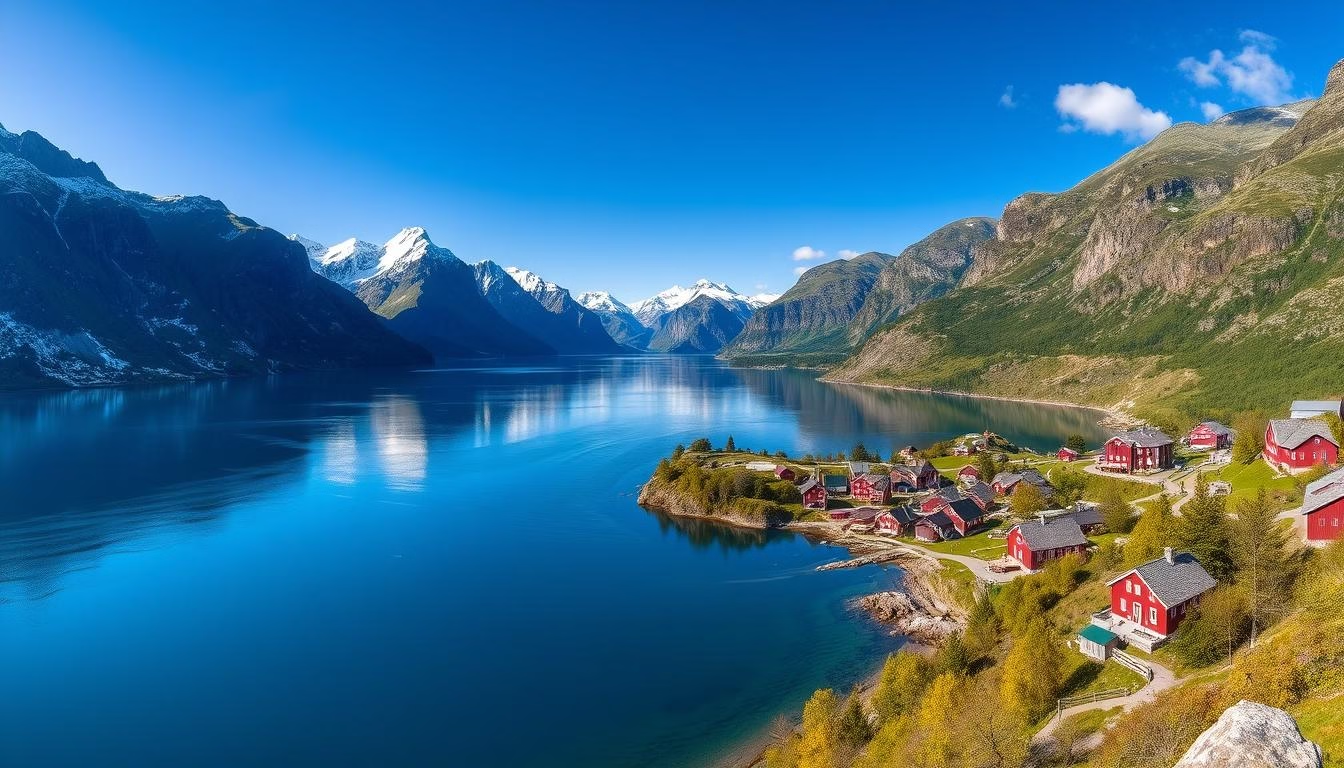Must-See Destinations in Magical Norway offer travelers a gateway into a world of breathtaking beauty and timeless charm. From dramatic fjords carving through rugged coastlines to the mesmerizing Northern Lights dancing across Arctic skies, Norway is a land where nature puts on a spectacular show. Its quaint wooden villages nestle between towering mountains, while echoes of Viking heritage blend effortlessly with modern Scandinavian elegance. Whether you’re seeking wild adventures or rich cultural experiences in lively cities, must-see destinations in magical Norway promise unforgettable moments for every type of traveler.
Ready to Experience Norway’s Magic?
Let our Norway travel experts help you plan the perfect itinerary to these breathtaking destinations. We’ll handle the details while you prepare for the adventure of a lifetime!
1. Geirangerfjord – Nature’s Masterpiece
The UNESCO-listed Geirangerfjord stands as Norway’s crown jewel and one of the most spectacular fjords in the world. Located in western Norway, this 15-kilometer long fjord features some of the most breathtaking scenery you’ll ever witness, with crystalline waters reflecting steep mountainsides and cascading waterfalls.
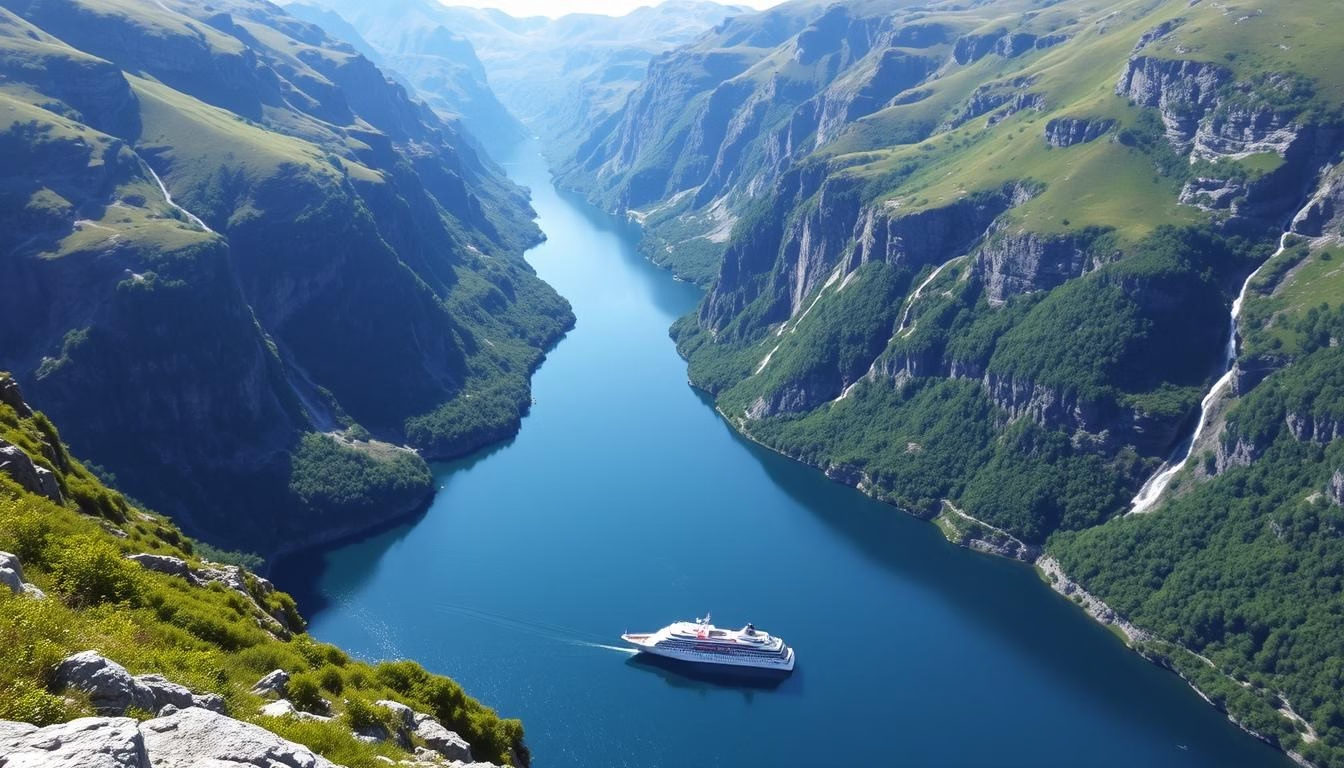
Key Highlights:
- The Seven Sisters Waterfall (De Syv Søstrene) – seven separate streams cascading down the mountainside
- The Suitor Waterfall (Friaren) – positioned across from the Seven Sisters as if courting them
- Eagle Road (Ørnevegen) – a steep mountain road with 11 hairpin turns offering panoramic views
- Scenic fjord cruises that get you up close to the waterfalls
- Dalsnibba viewpoint, standing 1,500 meters above sea level with spectacular vistas
What makes Geirangerfjord truly magical is the way the light plays on the landscape throughout the day, creating an ever-changing panorama of colors and shadows. The small village of Geiranger at the head of the fjord offers charming accommodations and serves as an excellent base for exploration.
Best Time to Visit:
Visit between June and August for the most pleasant weather and to see the waterfalls at their most powerful. The cruise season runs from mid-April to mid-October. Winter visits offer a different kind of beauty with snow-covered mountains, though many services are closed.
Practical Tip: Book fjord cruises in advance during peak summer months. For the best photographs, take a morning cruise when the light is optimal and the fjord is often at its calmest.
Explore Geirangerfjord
Experience the majesty of Norway’s most famous fjord with our guided tours. From scenic cruises to hiking adventures, we’ll help you discover the best of Geirangerfjord.
2. Lofoten Islands – Arctic Paradise
The Lofoten archipelago rises dramatically from the Norwegian Sea, creating one of the most visually stunning landscapes in Scandinavia. Located above the Arctic Circle in northern Norway, these islands combine jagged mountain peaks, sheltered bays, untouched beaches, and traditional fishing villages with their iconic red wooden houses.
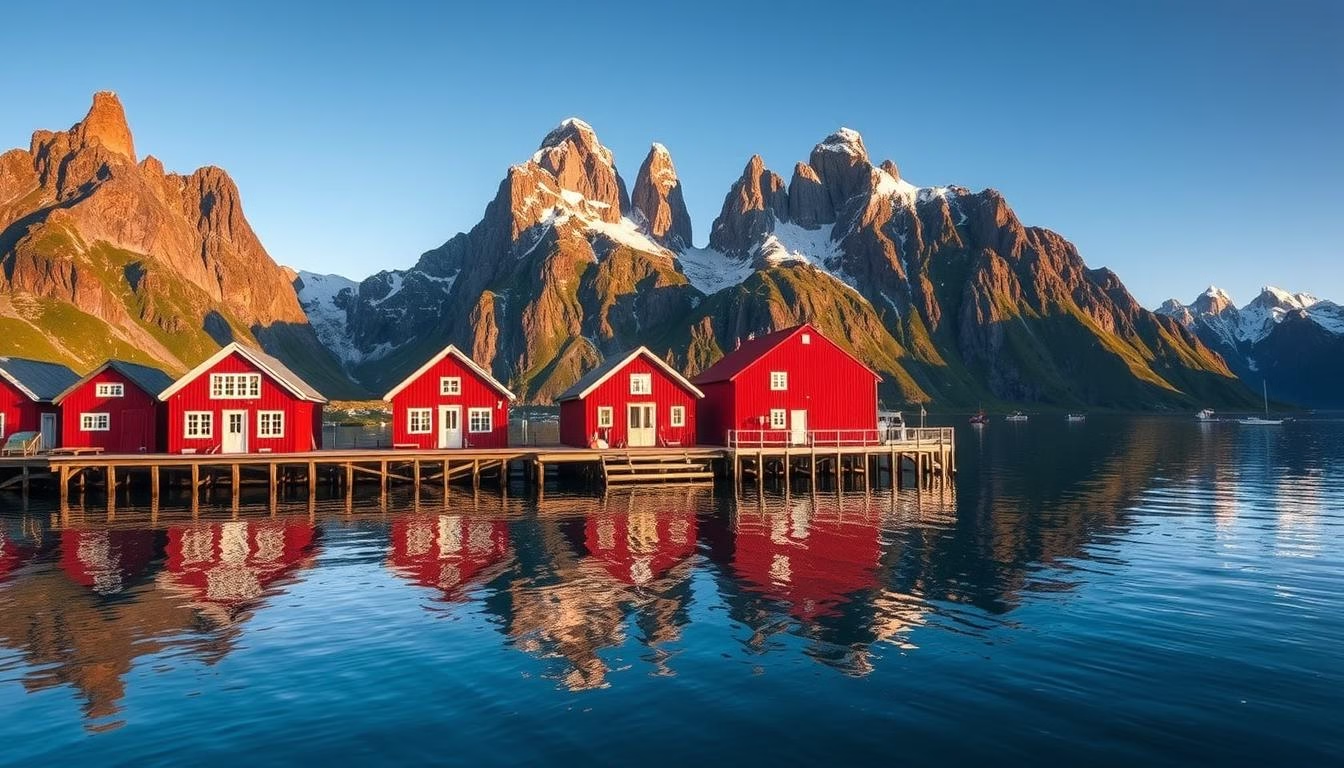
Key Highlights:
- Reine – often considered one of the most beautiful villages in Norway
- Hamnøy – a picturesque fishing village with iconic red rorbu cabins
- Uttakleiv Beach – famous for its “eye” rock formation and midnight sun views
- Henningsvær – known as “The Venice of Lofoten” with its unique setting
- Å – a preserved fishing village with the Norwegian Fishing Village Museum
- Hiking trails with panoramic views of the archipelago
What makes Lofoten magical is its extraordinary light conditions. During summer, the midnight sun bathes the landscape in golden light 24 hours a day, while winter brings the ethereal Northern Lights dancing across the sky. The contrast between the rugged mountains and the colorful fishing villages creates a photographer’s paradise.
Best Time to Visit:
Summer (June-August) offers mild temperatures and the midnight sun phenomenon. Winter (December-March) brings opportunities to witness the Northern Lights. Spring and fall provide fewer tourists and beautiful transitional landscapes.
Practical Tip: Rent a car to explore the islands at your own pace. The E10 highway connects the main islands via bridges and tunnels, making navigation relatively easy. Pack layers regardless of season, as weather can change rapidly.
3. Bergen – Gateway to the Fjords
Bergen, Norway’s second-largest city, charms visitors with its colorful wooden buildings, vibrant cultural scene, and perfect position as the gateway to the western fjords. Founded in 1070, this historic port city beautifully blends medieval charm with modern amenities.
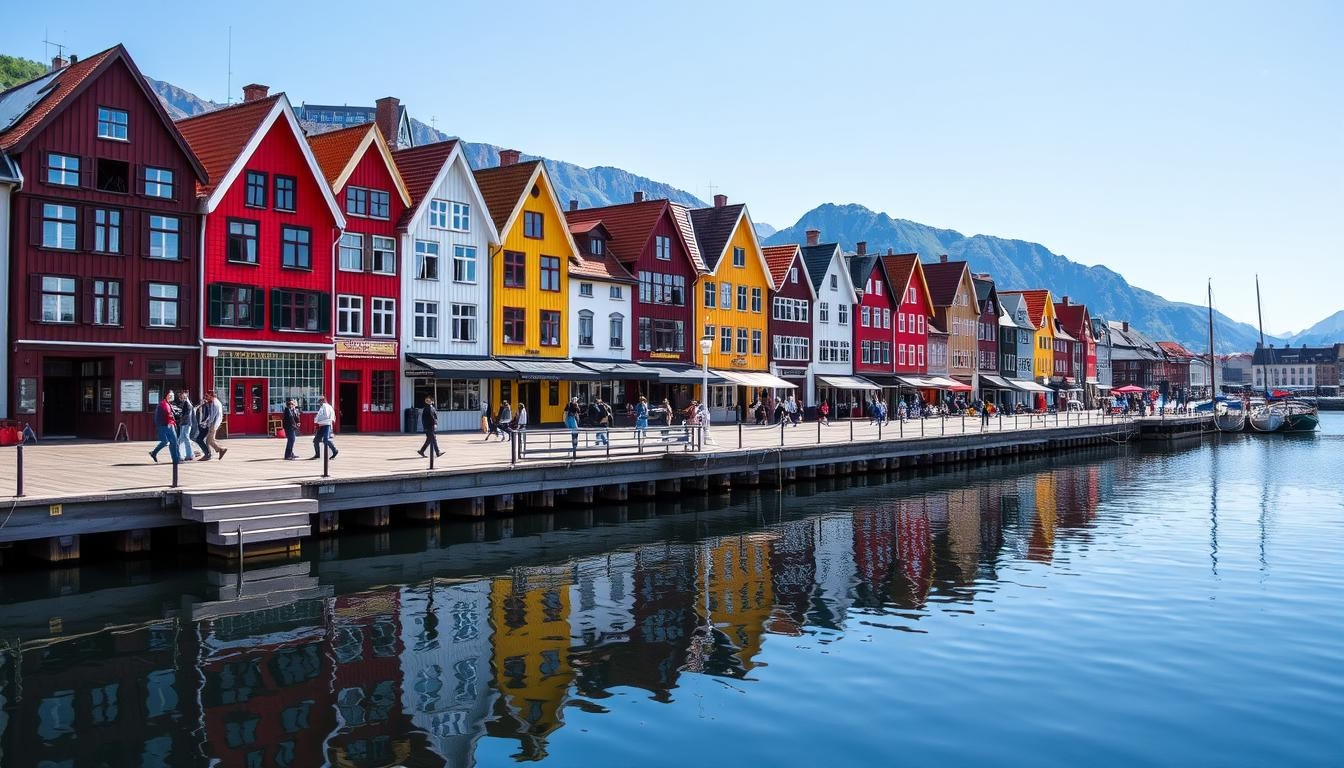
Key Highlights:
- Bryggen Wharf – the UNESCO-listed colorful wooden buildings dating back to the 14th century
- Mount Fløyen – accessible by the Fløibanen funicular for panoramic city views
- Fish Market (Fisketorget) – a lively market selling fresh seafood and local products
- KODE Art Museums – housing one of Scandinavia’s largest collections of art
- Troldhaugen – the former home of composer Edvard Grieg
- Old Bergen Museum – an open-air museum with reconstructed wooden houses
What makes Bergen magical is its perfect blend of natural beauty and cultural richness. The city is surrounded by seven mountains and nestled alongside a fjord, creating a stunning backdrop for its historical architecture. Despite being a major city, Bergen maintains a small-town charm with its walkable center and friendly atmosphere.
Best Time to Visit:
May to September offers the most pleasant weather, though Bergen is famous for its rainfall year-round (locals joke they have two seasons: rainy days and not-so-rainy days). The summer months also feature numerous festivals, including the Bergen International Festival in May/June.
Practical Tip: Purchase the Bergen Card for free or discounted admission to most attractions and free use of public transportation. Always carry a rain jacket or umbrella, regardless of the forecast.
Discover Bergen & Beyond
Use Bergen as your base to explore the magnificent western fjords. Our guided city tours and fjord excursions make it easy to experience the best of this region.
4. Pulpit Rock (Preikestolen) – Nature’s Perfect Viewpoint
Pulpit Rock, or Preikestolen in Norwegian, is one of Norway’s most iconic natural attractions. This flat mountain plateau towers 604 meters above Lysefjord, creating a perfectly flat viewing platform approximately 25 by 25 meters in size. Located near Stavanger in southwestern Norway, this geological wonder attracts hikers from around the world.
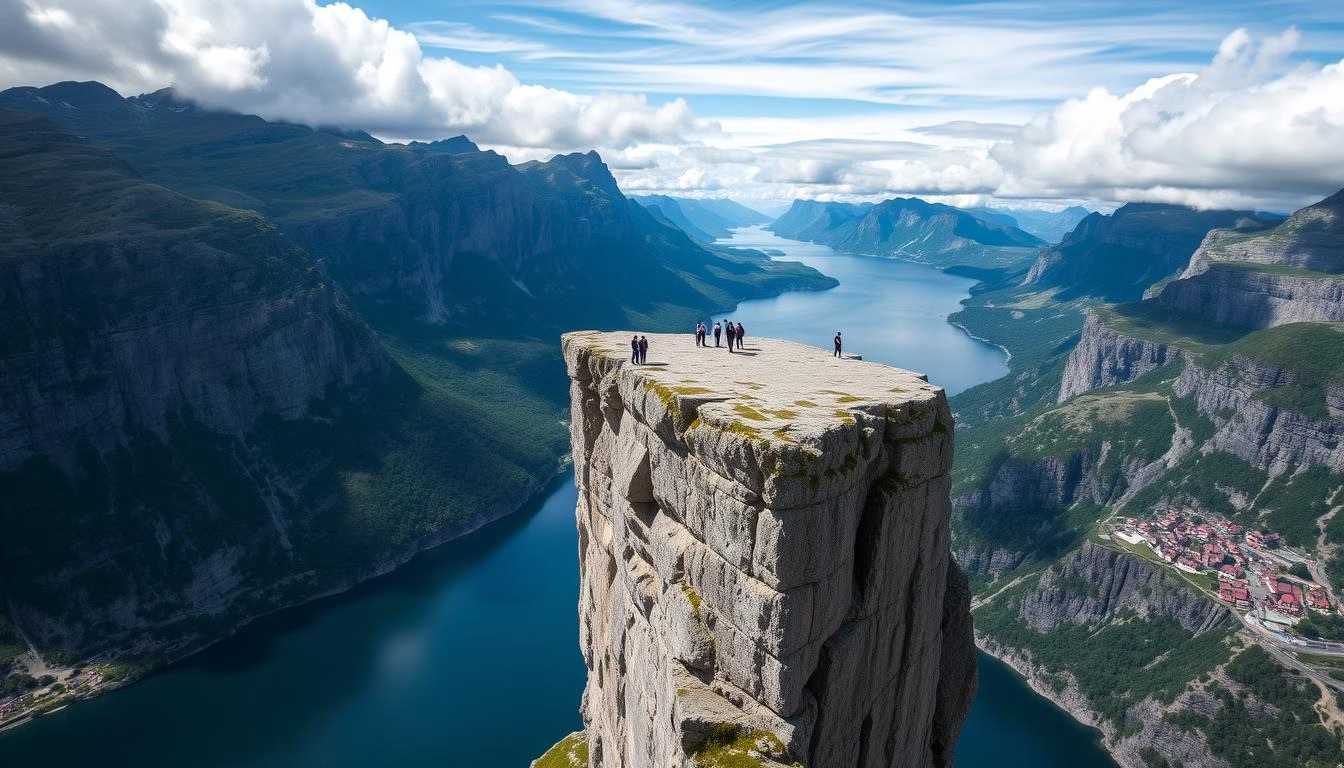
Key Highlights:
- The spectacular 604-meter drop from the plateau to Lysefjord below
- Panoramic views of Lysefjord and surrounding mountains
- The exhilarating hiking trail through diverse terrain
- Unique photo opportunities at one of Norway’s most photographed locations
- Fjord cruises from below that provide a different perspective of the rock
What makes Pulpit Rock magical is the sense of accomplishment and awe upon reaching the plateau. Standing at the edge (safely, of course) creates an unparalleled feeling of freedom and connection with nature. The geological formation itself is a marvel, appearing as though precisely cut by giant hands.
Best Time to Visit:
The hiking season runs from May to October, with June through August offering the most reliable weather. Weekdays and early mornings are best for avoiding crowds. The hike is not maintained or recommended during winter months due to snow and ice.
Safety Note: The hike to Pulpit Rock takes approximately 2 hours each way (4 hours round trip) and requires moderate fitness. Wear proper hiking boots, bring plenty of water, and dress in layers. There are no railings at the edge of the plateau, so exercise caution.
5. Oslo – Cultural Capital
Norway’s capital city offers a perfect blend of urban sophistication and natural beauty. Situated at the head of the Oslo Fjord and surrounded by forested hills, Oslo combines cutting-edge architecture, world-class museums, and abundant green spaces to create one of Europe’s most livable and visitable capitals.
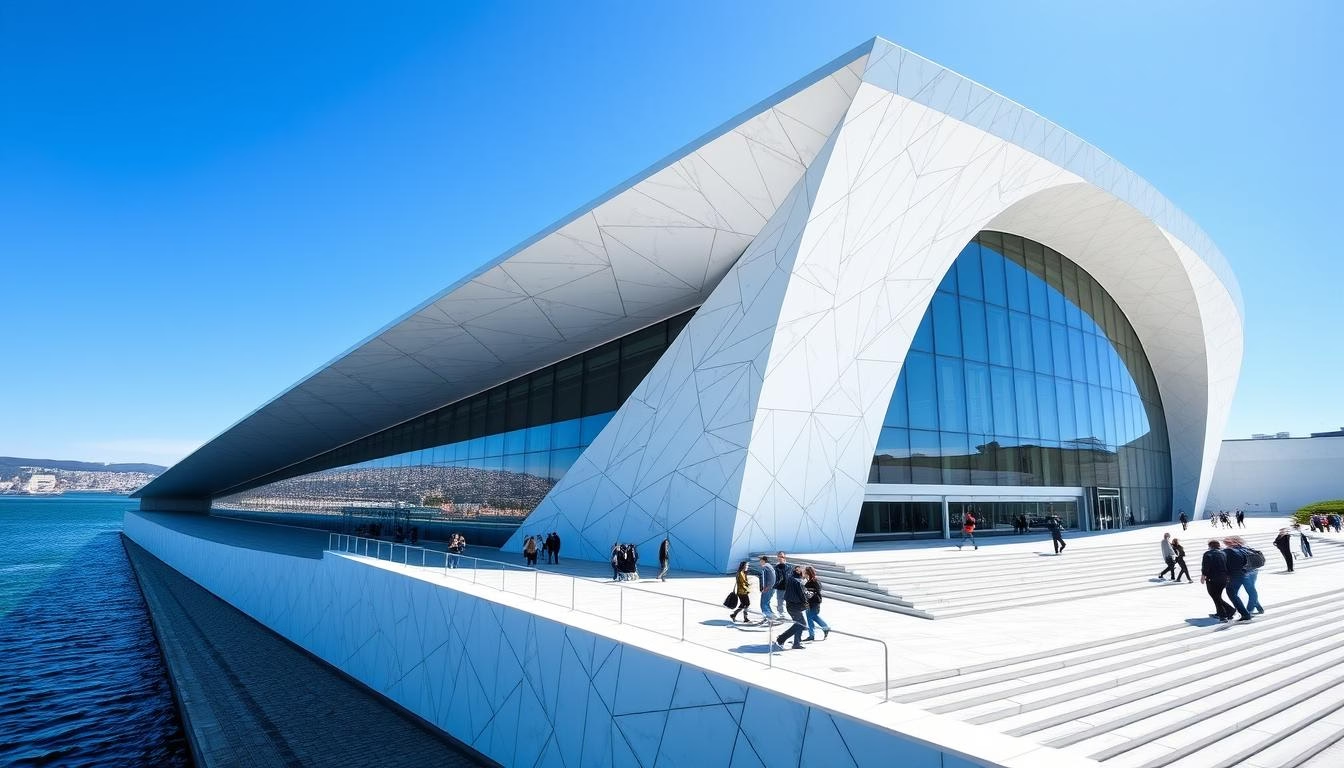
Key Highlights:
- Oslo Opera House – the striking marble and glass building with a walkable roof
- Vigeland Sculpture Park – featuring over 200 sculptures by Gustav Vigeland
- Viking Ship Museum – housing well-preserved Viking ships dating back to the 9th century
- The Royal Palace and its surrounding park
- Aker Brygge and Tjuvholmen – revitalized waterfront areas with restaurants and galleries
- Holmenkollen Ski Jump – offering panoramic views of the city and fjord
- Munch Museum – dedicated to Norway’s most famous painter, Edvard Munch
What makes Oslo magical is its harmonious balance between urban development and natural preservation. Within minutes, you can go from exploring world-class museums to hiking in forests or swimming in the fjord. The city’s commitment to sustainability and design excellence creates a uniquely Norwegian urban experience.
Best Time to Visit:
May through September offers pleasant temperatures and long daylight hours, perfect for exploring outdoor attractions. December brings Christmas markets and festive decorations. February is ideal for winter sports enthusiasts.
Practical Tip: The Oslo Pass provides free entry to most museums and attractions, free public transportation, and discounts on restaurants and other services. It’s an excellent value if you plan to visit multiple sites.
Experience Oslo’s Culture
Discover the perfect blend of history, art, and natural beauty in Norway’s capital. Our guided city tours help you make the most of your time in Oslo.
6. Tromsø – Northern Lights Capital
Located 350 kilometers above the Arctic Circle, Tromsø serves as the gateway to the Arctic and one of the world’s best places to witness the Northern Lights. This vibrant city combines Arctic adventures, rich cultural offerings, and stunning natural surroundings to create an unforgettable northern experience.
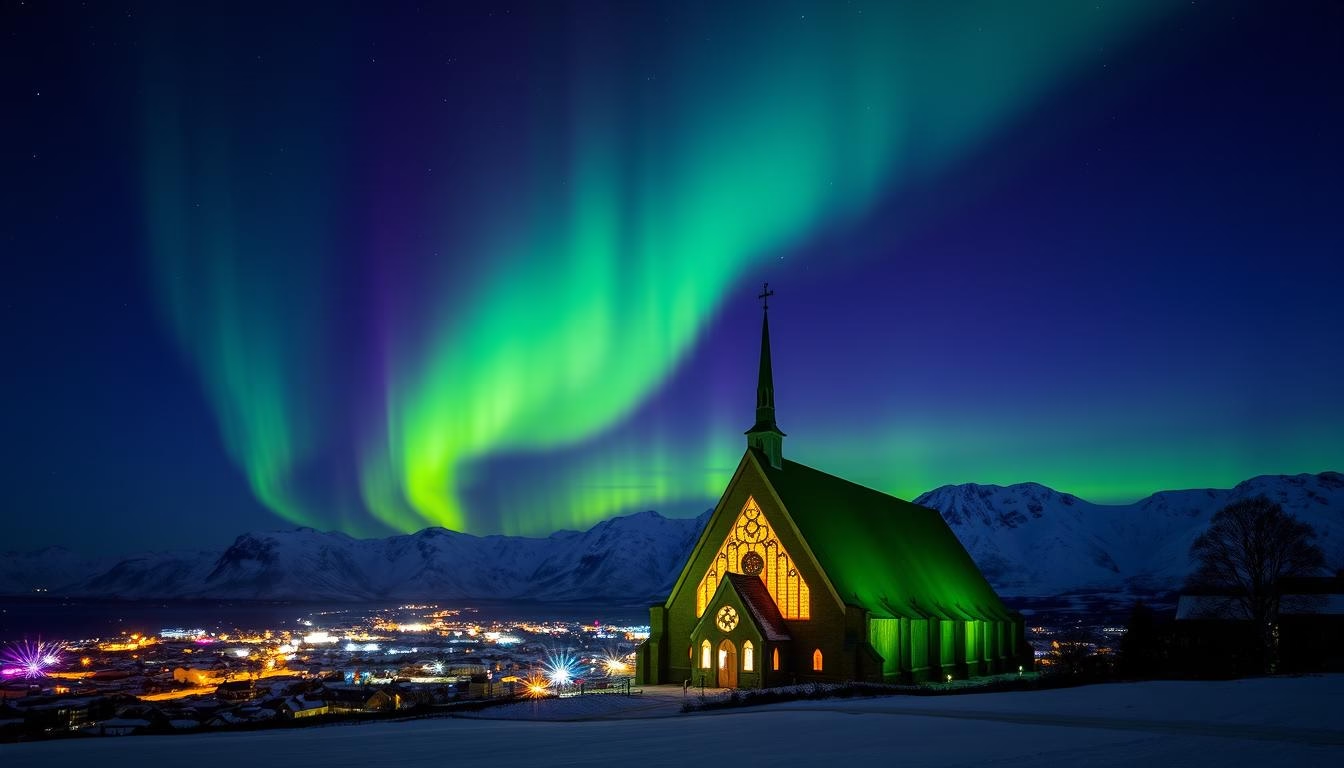
Key Highlights:
- Northern Lights viewing from September to April
- The Arctic Cathedral (Tromsdalen Church) with its distinctive architecture
- Fjellheisen Cable Car offering panoramic views of the city and surrounding fjords
- Polaria, the world’s northernmost aquarium
- The Polar Museum chronicling Arctic exploration
- Dog sledding and reindeer sledding experiences
- Midnight sun from late May to late July
What makes Tromsø magical is its position as a cultural hub in the Arctic wilderness. Despite its remote location, the city buzzes with cafes, restaurants, and cultural events. The dramatic contrast between the polar night in winter (when the sun doesn’t rise) and the midnight sun in summer creates two completely different but equally enchanting experiences.
Best Time to Visit:
For Northern Lights, visit between September and March, with January and February offering the darkest skies. For midnight sun and hiking, visit between May and August. March combines winter activities with increasing daylight.
Practical Tip: Northern Lights are never guaranteed, so plan to stay at least 3-4 nights to increase your chances of a sighting. Guided tours take you away from city lights to optimal viewing locations.
7. Flåm and the Flåm Railway – Scenic Mountain Journey
The tiny village of Flåm, nestled at the inner end of the Aurlandsfjord, is home to one of the world’s most beautiful train journeys. The Flåm Railway (Flåmsbana) is a 20-kilometer marvel of engineering that climbs from sea level at Flåm to 866 meters at Myrdal station, offering breathtaking views throughout the steep ascent.
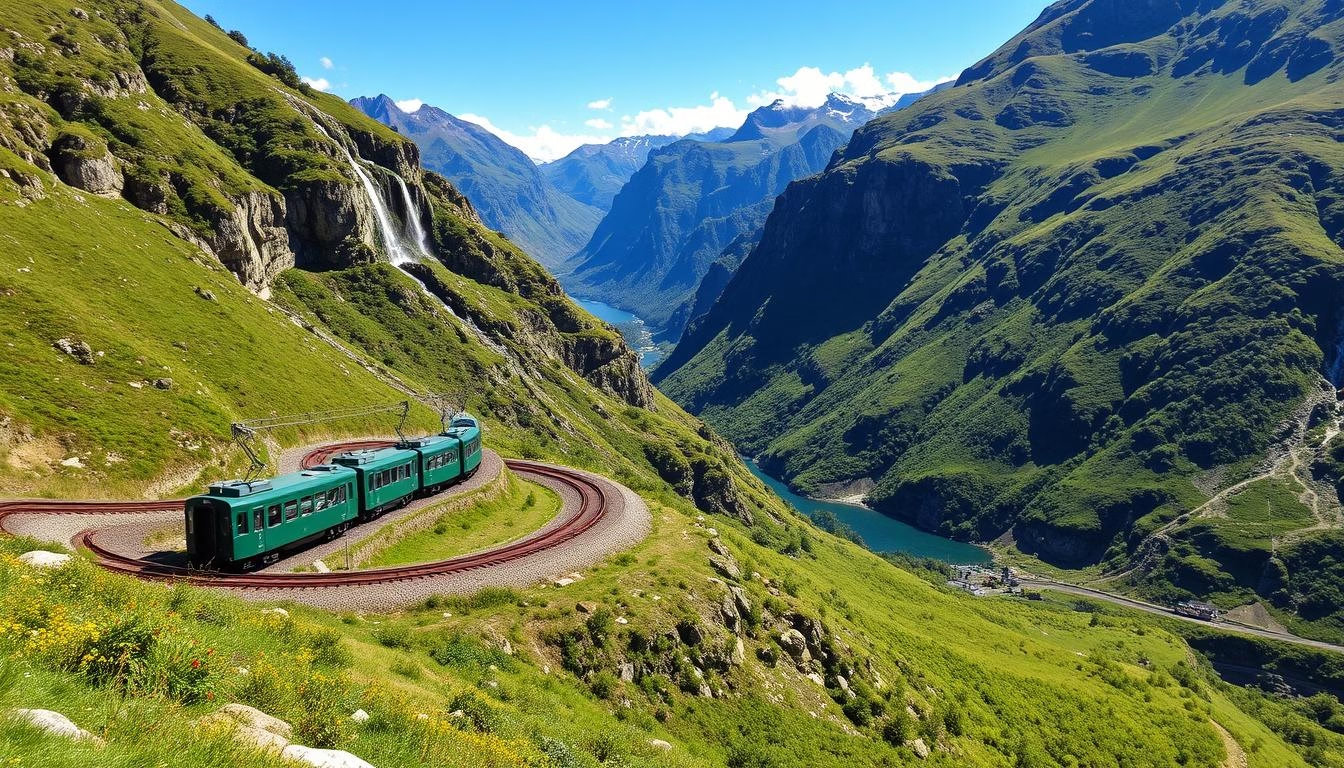
Key Highlights:
- The Flåm Railway journey with its 1:18 gradient (one of the steepest standard-gauge railways in the world)
- Kjosfossen waterfall, where the train stops for passengers to disembark and take photos
- Aurlandsfjord and Nærøyfjord, both branches of the Sognefjord
- Stegastein Viewpoint, a modern architectural platform offering spectacular fjord views
- Flåm Railway Museum documenting the remarkable construction of the railway
- Kayaking and RIB boat tours on the fjord
What makes Flåm magical is the journey itself. The train ride takes you through some of Norway’s most dramatic scenery, past thundering waterfalls, through 20 tunnels, and offers views of snow-capped mountains, lush valleys, and the fjord below. The small size of Flåm village creates an intimate experience in the heart of Norway’s grandest landscapes.
Best Time to Visit:
May through September offers the most pleasant weather and full services. The railway operates year-round, with each season offering different but equally spectacular views. Spring features blooming flowers and powerful waterfalls, while winter transforms the landscape into a snow-covered wonderland.
Practical Tip: Book your Flåm Railway tickets well in advance, especially during summer months. Consider the “Norway in a Nutshell” tour, which combines the Flåm Railway with fjord cruises and the Bergen Railway for a comprehensive experience.
Journey Through Norway’s Mountains
Experience the world-famous Flåm Railway and explore the stunning fjords with our comprehensive tour packages. We’ll handle all the connections so you can focus on the views.
8. Ålesund – Art Nouveau Gem
After a devastating fire in 1904 destroyed much of Ålesund, the town was rebuilt in the Art Nouveau style popular at the time. Today, this coastal town on Norway’s western shore stands as one of the best-preserved collections of Art Nouveau architecture in Europe, with its distinctive spires, turrets, and ornate details creating a fairytale atmosphere.
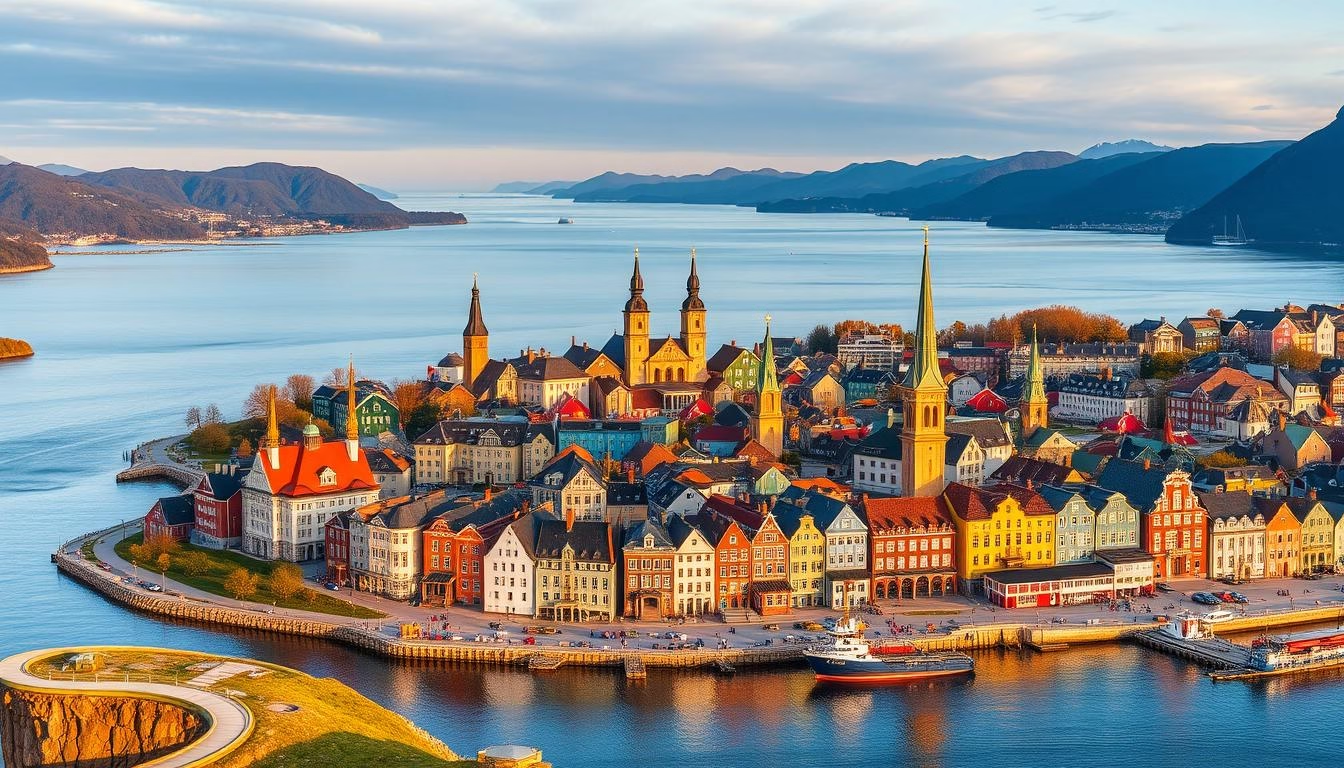
Key Highlights:
- Art Nouveau Centre (Jugendstilsenteret) documenting the town’s unique architectural heritage
- Mount Aksla with its 418 steps leading to a panoramic viewpoint
- Ålesund Aquarium (Atlanterhavsparken), one of Northern Europe’s largest
- Sunnmøre Museum, an open-air museum with historic buildings
- Island-hopping opportunities in the surrounding archipelago
- Fresh seafood dining along the harbor
What makes Ålesund magical is its perfect setting. Built across several islands connected by bridges, the town is surrounded by fjords and mountains, with the Art Nouveau buildings creating a colorful foreground against the dramatic natural backdrop. The town’s position as the gateway to the Geirangerfjord and Hjørundfjord adds to its appeal as a base for exploring the region.
Best Time to Visit:
June through August offers the most reliable weather and longest daylight hours. May and September provide fewer crowds while still offering pleasant conditions. The town is accessible year-round, with winter offering a different perspective on the architecture against snow-covered mountains.
Practical Tip: Don’t miss the view from Mount Aksla, accessible via 418 steps from the town park or by car. Time your visit for sunset when the town’s colorful buildings glow in the evening light.
9. Svalbard – Arctic Wilderness
Located halfway between mainland Norway and the North Pole, the Svalbard archipelago offers one of the world’s most unique and remote travel experiences. This Arctic wilderness is home to more polar bears than people, massive glaciers, and stunning polar landscapes that seem otherworldly in their beauty and isolation.
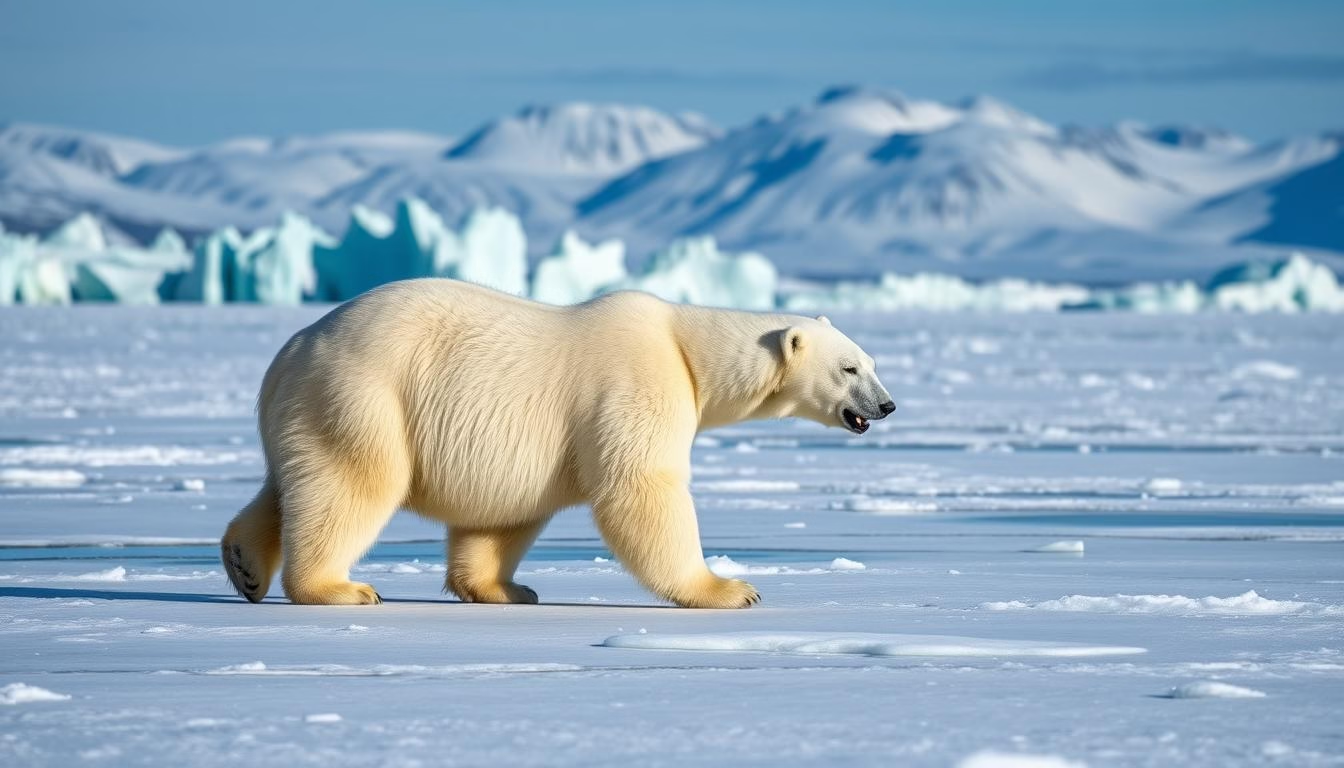
Key Highlights:
- Longyearbyen, the northernmost settlement with over 1,000 permanent residents
- Polar bear viewing (from a safe distance with guided tours)
- Midnight sun from April to August
- Polar night from November to February
- Northern Lights viewing during the dark season
- Massive glaciers covering 60% of the archipelago
- Arctic wildlife including reindeer, Arctic foxes, and walruses
- The Global Seed Vault, a secure seedbank preserving plant seeds from around the world
What makes Svalbard magical is its pristine wilderness and extreme conditions. Here, nature rules supreme, creating an environment unlike anywhere else in Europe. The unique light conditions—from the perpetual daylight of summer to the blue twilight of polar night—add to the otherworldly atmosphere.
Best Time to Visit:
March to May offers increasing daylight, snow-covered landscapes, and good opportunities for winter activities. June to September brings milder temperatures, midnight sun, and better access to remote areas. October to February provides Northern Lights viewing opportunities during the polar night.
Important Note: All visitors venturing outside settlements must carry appropriate protection against polar bears. Most activities require guided tours with experienced guides who carry necessary safety equipment. Weather conditions can change rapidly, so flexibility is essential when planning activities.
Adventure to the Arctic
Experience the remote wilderness of Svalbard with our expert-guided expeditions. From wildlife viewing to glacier hikes, discover the magic of the high Arctic.
10. The Atlantic Ocean Road – Engineering Marvel
The Atlantic Ocean Road (Atlanterhavsveien) is an 8.3-kilometer stretch of highway that zigzags across a series of small islands and islets connected by causeways, viaducts, and eight bridges. Located in western Norway between the towns of Kristiansund and Molde, this engineering marvel offers one of the world’s most scenic drives.
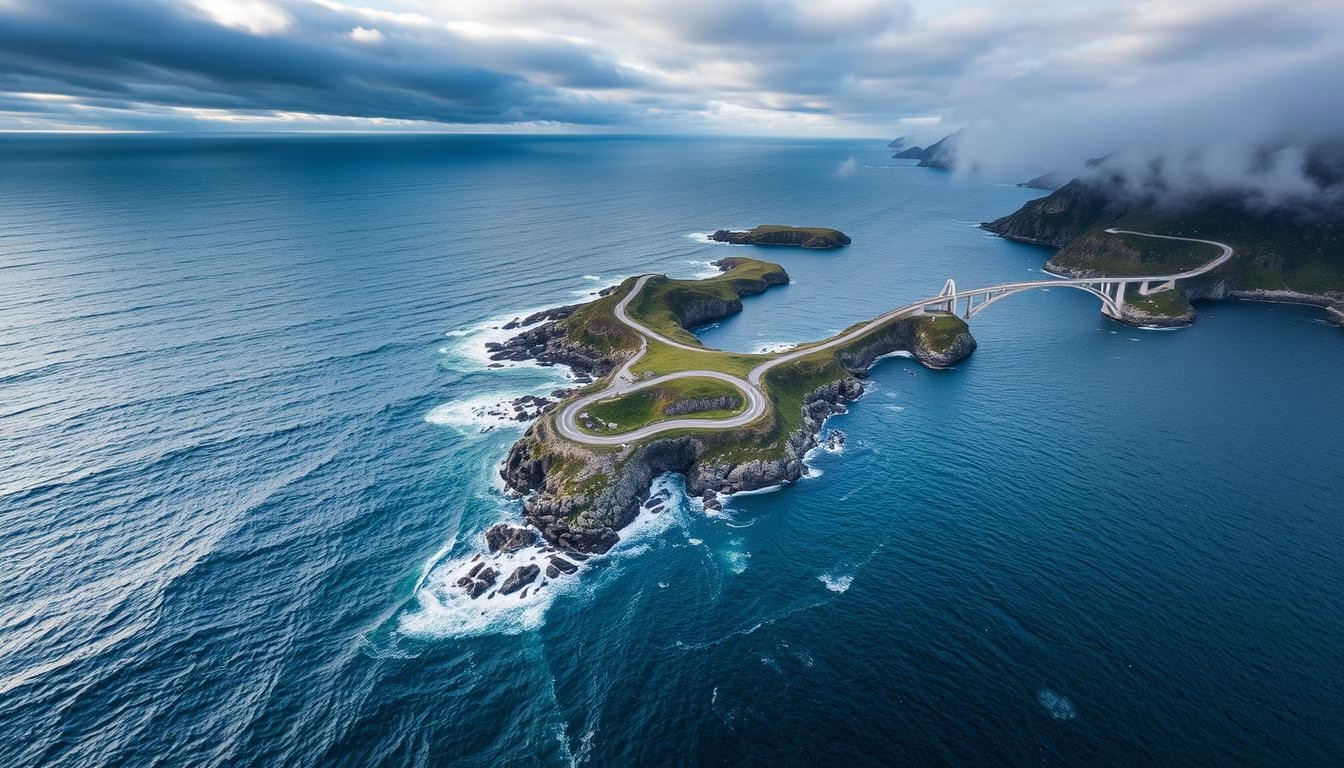
Key Highlights:
- Storseisundet Bridge, the longest and most dramatic of the eight bridges
- Numerous viewpoints and rest areas for photography
- Fishing spots directly from the bridges and causeways
- Eldhusøya island with its visitor center and café
- Dramatic ocean views that change with the weather and tides
- Wildlife viewing opportunities, including seabirds and occasionally seals
What makes the Atlantic Ocean Road magical is how it showcases both human ingenuity and natural power. During calm weather, the road offers serene views across the Norwegian Sea. But when storms roll in, massive waves crash over the road, creating a thrilling (though safe) driving experience. The road’s unique design, seeming to curve and disappear into the ocean at certain angles, has made it a favorite for photographers and car commercials alike.
Best Time to Visit:
May through September offers the most reliable driving conditions. For photographers seeking dramatic wave action, October through April can provide spectacular storm viewing, though always check road conditions before traveling. The road is particularly beautiful at sunset when the low light creates a golden glow across the bridges and islands.
Practical Tip: Drive the road in both directions to experience different perspectives. Allow plenty of time to stop at the various viewpoints and walking paths. The visitor center at Eldhusøya offers information about the road’s construction and the surrounding marine environment.
Essential Planning Tips for Your Norway Adventure
Best Time to Visit Norway
Norway offers distinct experiences throughout the year:
- Summer (June-August): Midnight sun, hiking season, most attractions open, warmest temperatures (15-25°C)
- Fall (September-October): Beautiful autumn colors, fewer tourists, cooler temperatures (5-15°C)
- Winter (November-March): Northern Lights, snow activities, Christmas markets, cold temperatures (-10 to 5°C)
- Spring (April-May): Blooming landscapes, powerful waterfalls from melting snow, mild temperatures (5-15°C)
Getting Around
Norway offers excellent transportation options:
- Rental Car: Best for flexibility and reaching remote areas
- Trains: Scenic routes connecting major cities
- Coastal Express: Hurtigruten ships sailing along the coast
- Buses: Extensive network reaching most towns
- Ferries: Essential for crossing fjords and reaching islands
- Domestic Flights: Time-saving for covering long distances
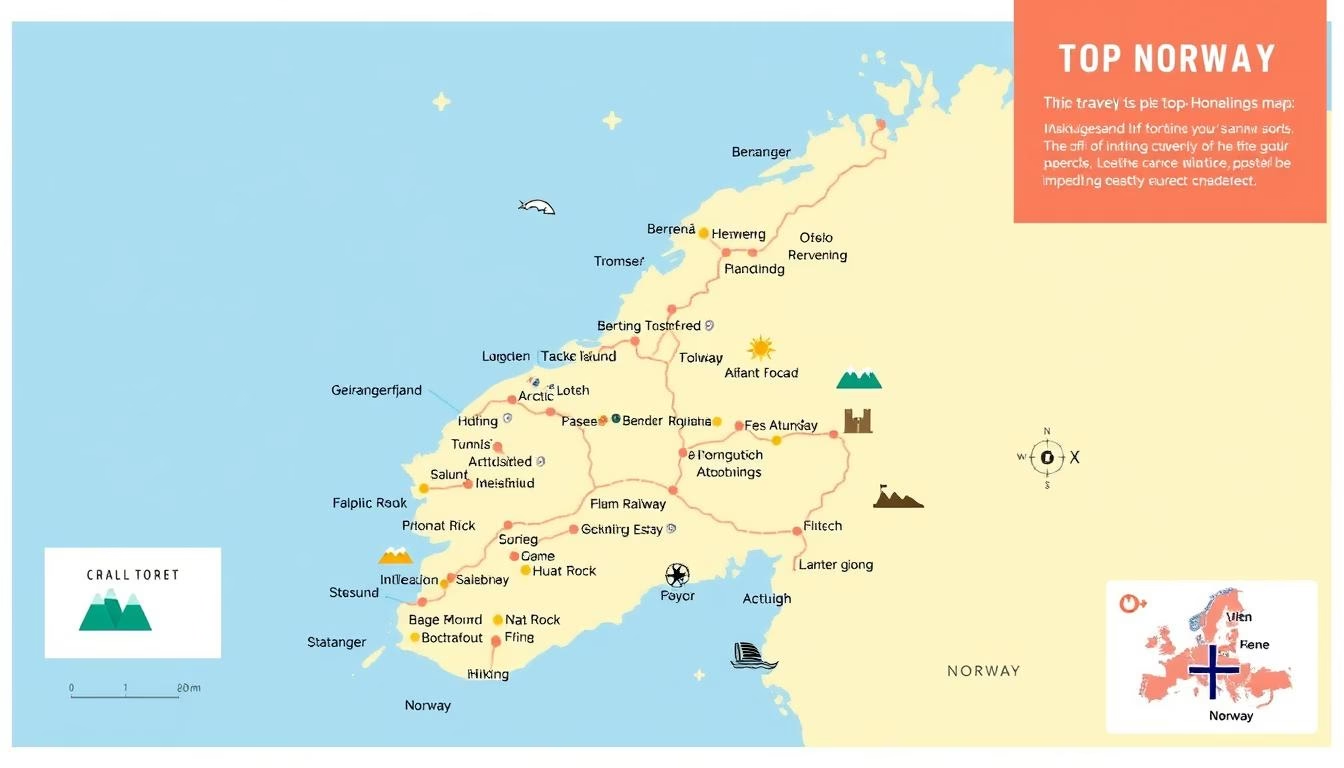
Practical Information
Budget Considerations
- Norway is expensive – budget accordingly
- Accommodation: $100-300 per night
- Meals: $15-40 per person
- Save by self-catering and using public transportation
- Consider the Norway Pass for attractions
Packing Essentials
- Layers for variable weather
- Waterproof jacket and pants
- Good hiking boots for outdoor activities
- Swimwear (for summer fjord swimming)
- Camera with extra batteries
- Winter: Thermal layers, hat, gloves, ice grips
Cultural Tips
- Norwegians value punctuality
- Tipping is not expected but appreciated (10%)
- “Allemannsretten” – right to roam responsibly
- Remove shoes when entering homes
- English is widely spoken
- Respect nature and follow Leave No Trace principles
Sustainability Note: Norway is committed to sustainable tourism. Consider using public transportation when possible, stay on marked trails, and support eco-friendly businesses. Many Norwegian tourism operators are certified with sustainable travel labels.
Experience the Magic of Norway
Norway’s diverse landscapes and cultural treasures offer something for every traveler. From the dramatic fjords cutting into the western coastline to the Arctic wilderness of Svalbard, from vibrant cities rich in history to engineering marvels spanning impossible terrain—Norway truly deserves its reputation as one of the world’s most magical destinations.
Whether you’re seeking adventure in the great outdoors, cultural experiences in historic towns, or simply the chance to witness some of Earth’s most spectacular natural phenomena, Norway promises unforgettable memories and experiences that will stay with you long after you return home.
Start Your Norwegian Journey Today
Let our travel experts help you create the perfect itinerary to experience the magic of Norway. From fjord cruises to Northern Lights adventures, we’ll craft a personalized journey that matches your interests and budget.
Plan Your Magical Norway Adventure
For More information Click here and Don’t miss out to check our Best 15 Overwater Bungalows in the Caribbean

